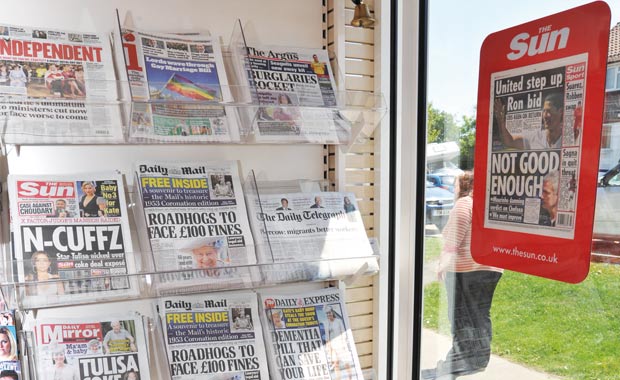Regular newspaper buyers may be declining, but it’s still possible to make sales with a good front page story on full display. This was the message from News UK’s Lizzie Unsworth at the Local Shop Summit last month. Could this be a route to better sales for you? Of all the information, advice and opinions […]
Join the CLUB to continue reading this story
Club Members have unlimited access to all articles and a whole lot more to elevate your store.or
Register for free and receive the latest news and views to your inbox every week






Comments
This article doesn't have any comments yet, be the first!